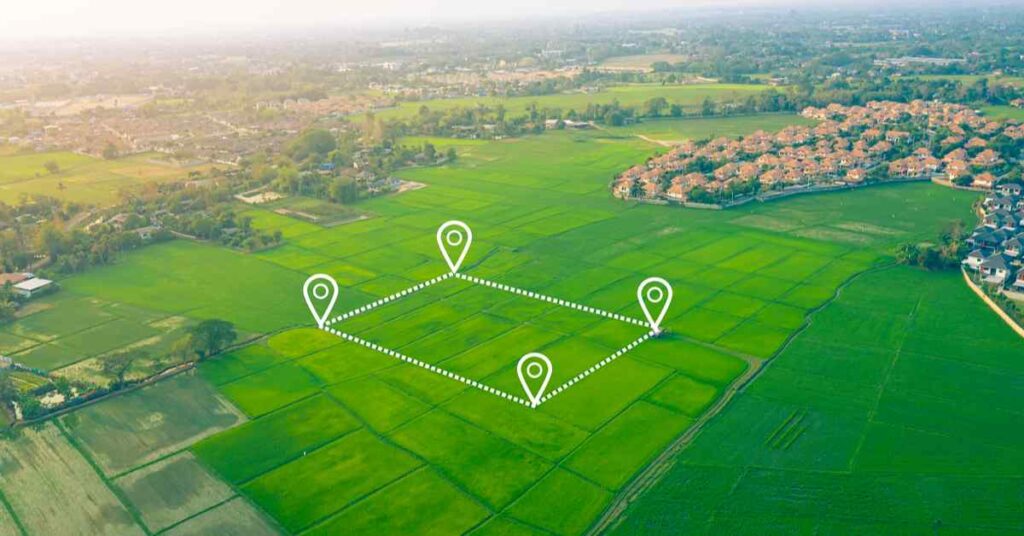KEY PROVISIONS AND OBJECTIVES OF THE LAND ACQUISITION ACT, 2013
Introduction: The Land Acquisition Act, 2013 is an important legislation enacted in India with the objective of regulating the process of land acquisition for public purposes or for private companies. The act aims to strike a balance between the developmental needs of the nation and the protection of the rights and interests of landowners and affected communities. In this article, we will discuss the key provisions and objectives of the Land Acquisition Act, 2013.
- Definition of Public Purpose: The Act defines “public purpose” broadly, including infrastructure projects such as roads, railways, airports, and power projects, as well as projects related to national security or defense. It also covers projects for housing and other purposes beneficial to the public.
- Consent and Social Impact Assessment: The Act emphasizes the importance of obtaining the consent of affected families and conducting a Social Impact Assessment (SIA) for land acquisition. For projects for public purposes, consent of at least 70% of affected families is required, while for private companies, consent of at least 80% of families is mandatory.
- Compensation and Rehabilitation: The Act mandates that landowners and affected families should be adequately compensated for their land and properties. The compensation is determined through a transparent process, taking into account various factors such as market value, value of structures, assets attached to the land, and potential income loss. Additionally, the Act provides for rehabilitation and resettlement measures for affected families, including the provision of alternative land, housing, and employment opportunities.
- Prohibition of Acquisition of Multi-Cropped Land: The Act prohibits the acquisition of multi-cropped irrigated land, except under exceptional circumstances. This provision aims to protect food security and agricultural productivity by discouraging the acquisition of fertile agricultural land.
- Timeframe for Land Acquisition Process: The Act introduces a time-bound process for land acquisition to ensure expeditious implementation of projects. It sets a limit of 12 months for completing the process, from the time of issuance of the preliminary notification to the payment of compensation. Failure to adhere to the timeline can lead to the lapse of the acquisition process.
- Establishment of Land Acquisition, Rehabilitation, and Resettlement Authority: To address disputes and grievances arising from land acquisition, the Act establishes the Land Acquisition, Rehabilitation, and Resettlement Authority at the district level. This authority is responsible for adjudicating claims, compensation disputes, and overseeing the implementation of rehabilitation and resettlement measures.
- Provisions for Land Bank and Limits on Acquisition: The Act encourages the creation of a land bank by the government to reduce the need for frequent land acquisition. It also sets limits on the extent of land that can be acquired, ensuring that acquisition is done in a planned and judicious manner.
Conclusion: The Land Acquisition Act, 2013 seeks to strike a balance between development and safeguarding the rights and interests of landowners and affected communities. By emphasizing consent, social impact assessment, fair compensation, and rehabilitation measures, the act aims to ensure that land acquisition is carried out in a transparent and equitable manner. It recognizes the importance of agricultural land, promotes timely completion of projects, and establishes mechanisms for dispute resolution. While the act addresses several concerns related to land acquisition, ongoing discussions and debates continue to shape the legislation, aiming for further refinement and improvement.


